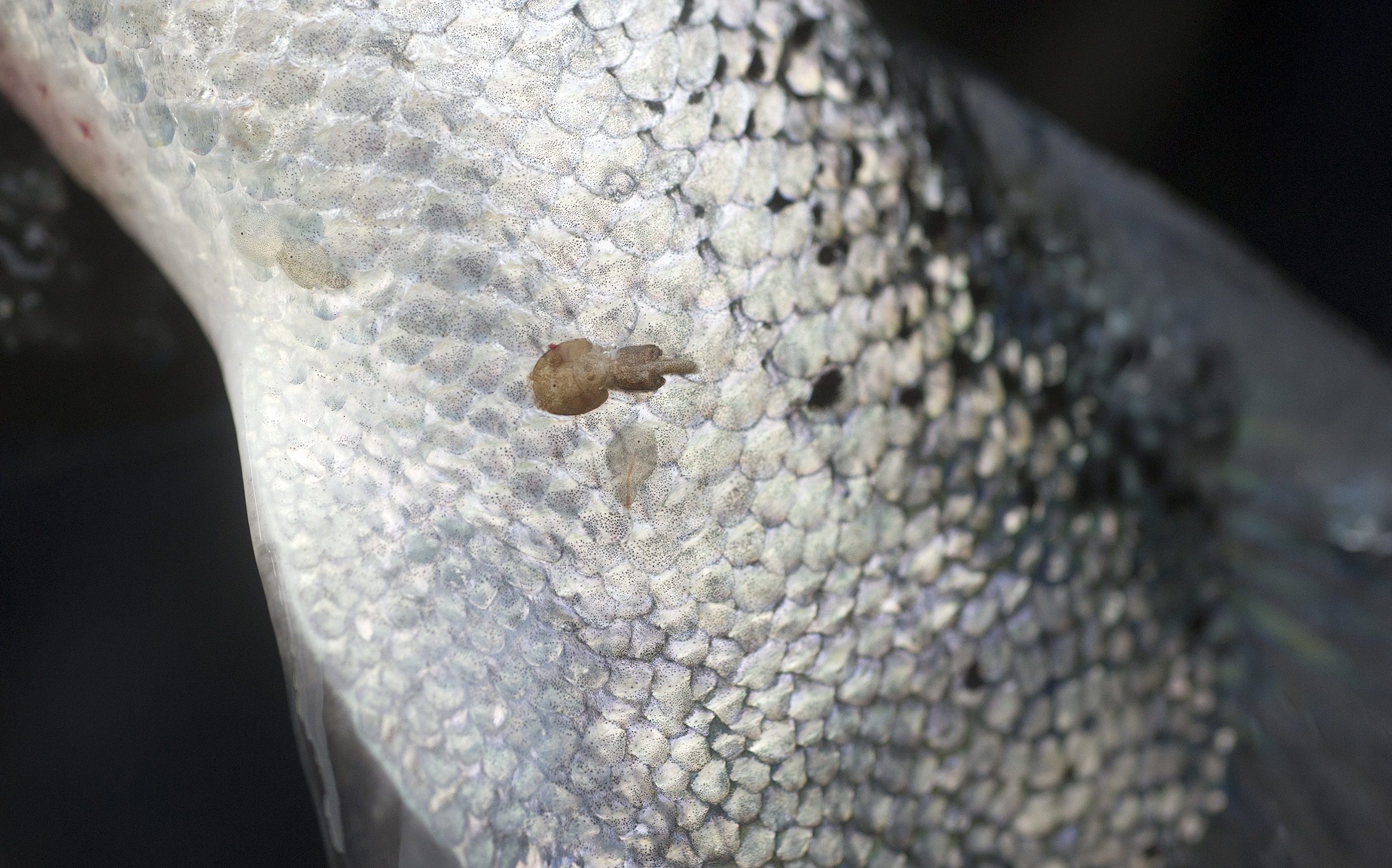Gene editing project could help build Atlantic salmon’s resistance to lice

Researchers at Norwegian institute Nofima are investigating whether gene editing could provide an answer to the problem of sea lice.
The Nofima team, along with partners from the UK, US, Canada, Sweden and Australia, will be using the gene editing technology CRISPR to try and build resistance to lice into Atlantic salmon. They believe that genetic differences between Atlantic and Pacific salmon could explain why several species of the latter are unattractive as hosts for sea lice
“It is no exaggeration that the knowledge we create in this new project could transform the Norwegian aquaculture industry if Atlantic salmon can be made to be highly or completely resistant to lice”, said senior researcher and project leader Nick Robinson in Nofima.
He added: “If we can reveal the differences in the genetic code that cause lice to be attracted to Atlantic salmon, or that makes the skin of North American salmon a bad place for sea lice to settle and develop, then it may be possible for us to use that information to make Atlantic salmon resistant to sea lice, and have better health”.
The project will make use of the CRISPR-Cas9 “genetic scissors” process, developed by Emmanuelle Charpentier and Jennifer Doudna, who this year were awarded the Nobel Prize in Chemistry for their discovery.
Professor Ross Houston of the UK’s Roslin Institute, whose team will work closely with Nofima on this and other parts of the project, said: “CRISPR-Cas9 is still a relatively new technology in the aquaculture research, but can allow for very precise and targeted changes at specific genes in the salmon genome known to be involved in cross-species variation in resistance to lice and the success of its use depends on the type of change that is needed and on the position and code of the gene to be edited.”
If the researchers succeed in carrying out gene editing in the laboratory, the salmon must be thoroughly tested up to adult size in closed facilities to investigate how effective the change is, and to reveal any potential unwanted side effects. Robinson emphasizes that this project will not make genetically edited fish available to industry and that further testing will be needed. They will also consider risks of sea lice adapting to the changes in the salmon, and how this would be best prevented.
The project will be led by the Norwegian Fisheries, Aquaculture and Food Research Institute – Nofima, and involve close collaboration with the research partners Roslin Institute (University of Edinburgh, UK), the Institute of Aquaculture (University of Stirling, UK), Rothamsted Research (UK), the University of Melbourne (Australia), University of Prince Edward Island (Canada), Bigelow Laboratory for Ocean Sciences (USA), University of Gothenburg (Sweden), and the Institute of Marine Research (Norway). Benchmark Genetics and Salmar are industry partners.

